The power grid is the backbone of modern society, ensuring homes, businesses and industries have access to electricity. Despite the challenges presented by extreme weather events, the grid remains stable, and issues surrounding this topic are complex and front of mind for the vast energy industry and policymakers.
The rise of renewable energy sources like solar and wind has sparked both praise and criticism in recent years. - unlike conventional power plants, solar and wind generation is dependent on weather conditions, resulting in less-than-ideal fluctuations in output that must be managed. However, renewables offer many environmental and economic benefits including lower costs for consumers and the clean energy transition.
With the consistent and steep declines in cost, renewable energy has become increasingly attractive for investments. And it now surpasses fossil fuels for new investment with 62% of global energy investment now expected to flow to clean energy technologies this year. In addition, in 2022, about 70% of new capacity was from carbon-free sources, like renewable and nuclear energy. In the next couple of years, it is expected that over 90% of extra global demand for electricity is expected to be covered by renewables or nuclear energy (Source: International Energy Agency). For more details, read our blog The Economic Benefits of the Clean Energy Transition.
Furthermore, as the market evolves, there is a growing need to drastically improve energy storage solutions like batteries to mitigate these issues and optimize grid operations. The International Energy Agency projects that more than 40 gigawatts of renewables will be added to the U.S. grid in 2024 alone. Industry operators are accustomed to relying on traditional energy plants that can run all day and the 2-to-4-hour storage batteries found in Texas and California leave much to be desired.
That said, electricity storage issues in today’s market directly accelerate solution-based technology such as drastically expanding battery storage capabilities. Companies like Form Energy are attempting to close the storage gap with their 100-hour battery technology describing it as “our first step to building a more reliable, resilient, and secure electric grid: making low-cost clean energy available when and where it is needed, even during multiple days of extreme weather, grid outages, or periods of low generation.”
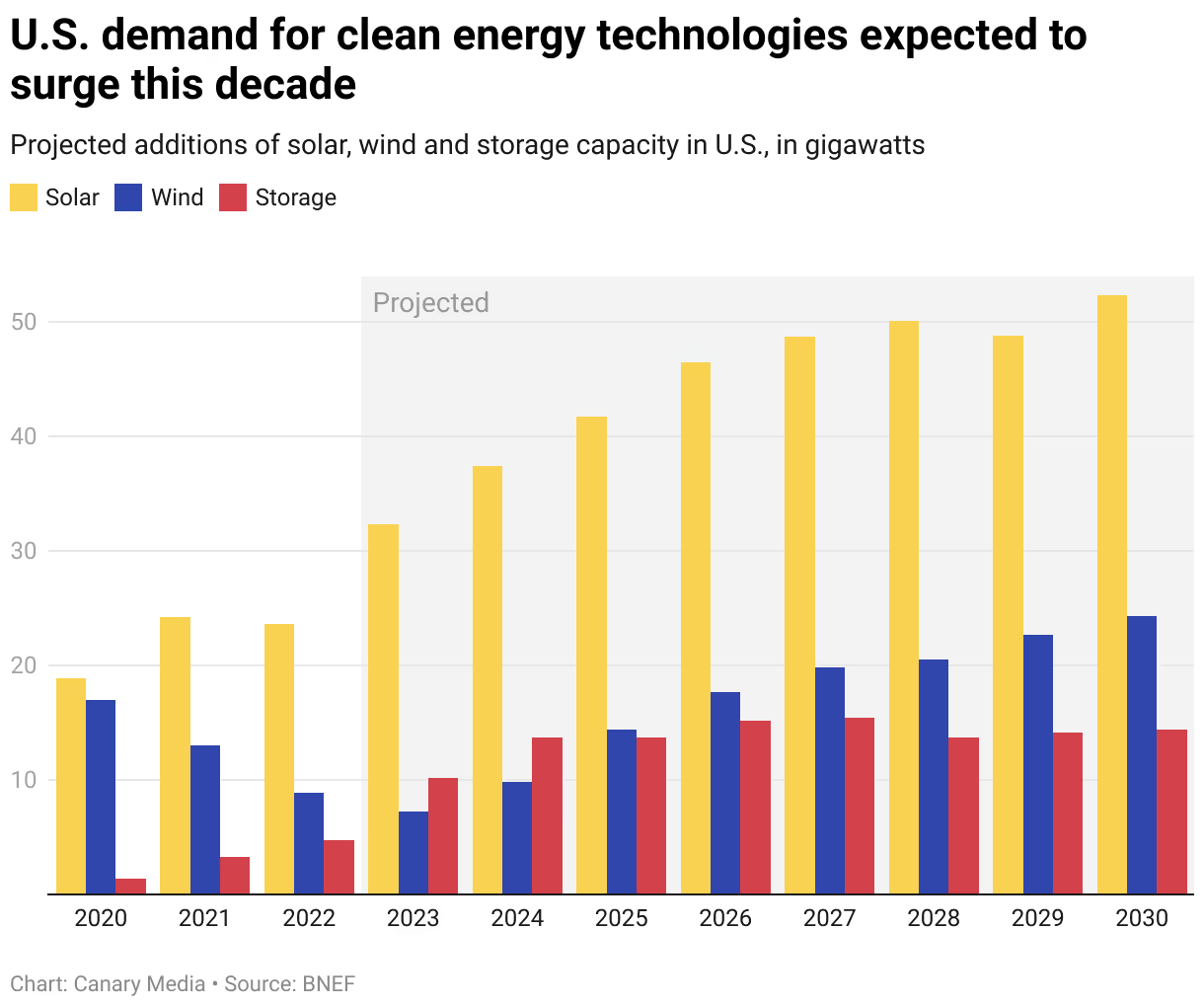
With renewables having significant impacts on energy supply and markets, utilities need net demand forecasts that factor in the amount of wind and solar generation that is expected to match up to or fall short of the projected demand.
Our chief meteorologist, Dr. Mark Shipham explains that producing accurate solar or wind forecasts is about much more than just knowing whether the sun will be shining, or the wind will be blowing. “Even small variations in cloud coverage, humidity, wind speed, wind direction, temperature or precipitation can affect generation.” He explains that “with better information about the amount of solar and wind that will be available on the grid at any given time, companies can more effectively integrate renewables into their energy-management strategies.”
We are at a pivotal moment in time where the energy industry must embrace grid volatility to drive the integration of renewables into the energy market. With the advancements of AI in the energy space, IPPs, public power and utility companies can adopt energy forecasting solutions to ensure the grid remains balanced while also planning for a more sustainable future. Contact us today to learn more about our renewable forecasting solutions.
This blog was written from the conversation topics covered in a recent Suncast interview with our CEO, Sean Kelly, to listen to the full podcast interview click here.
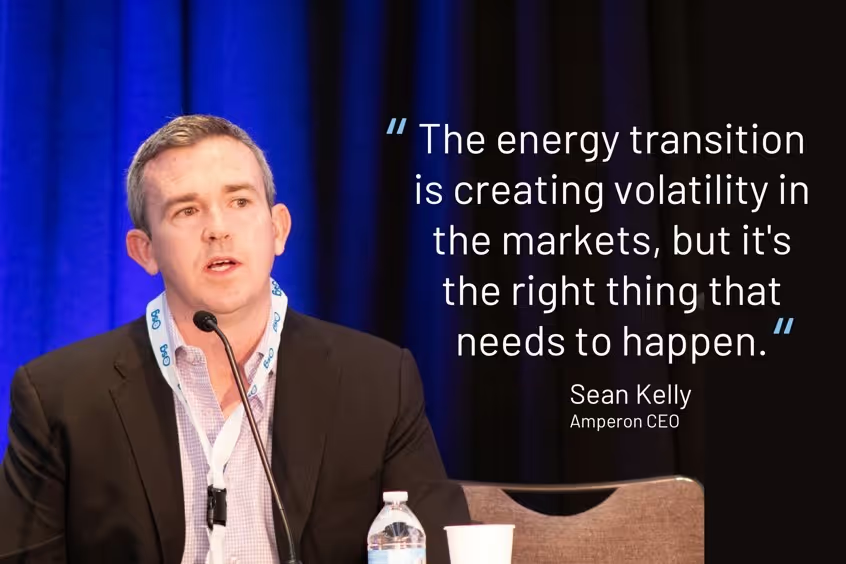



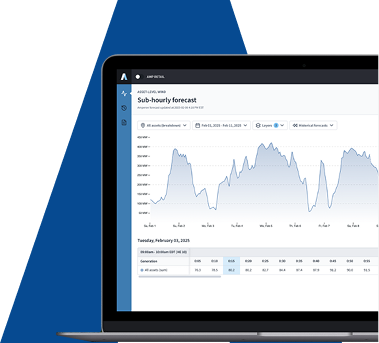
.svg)



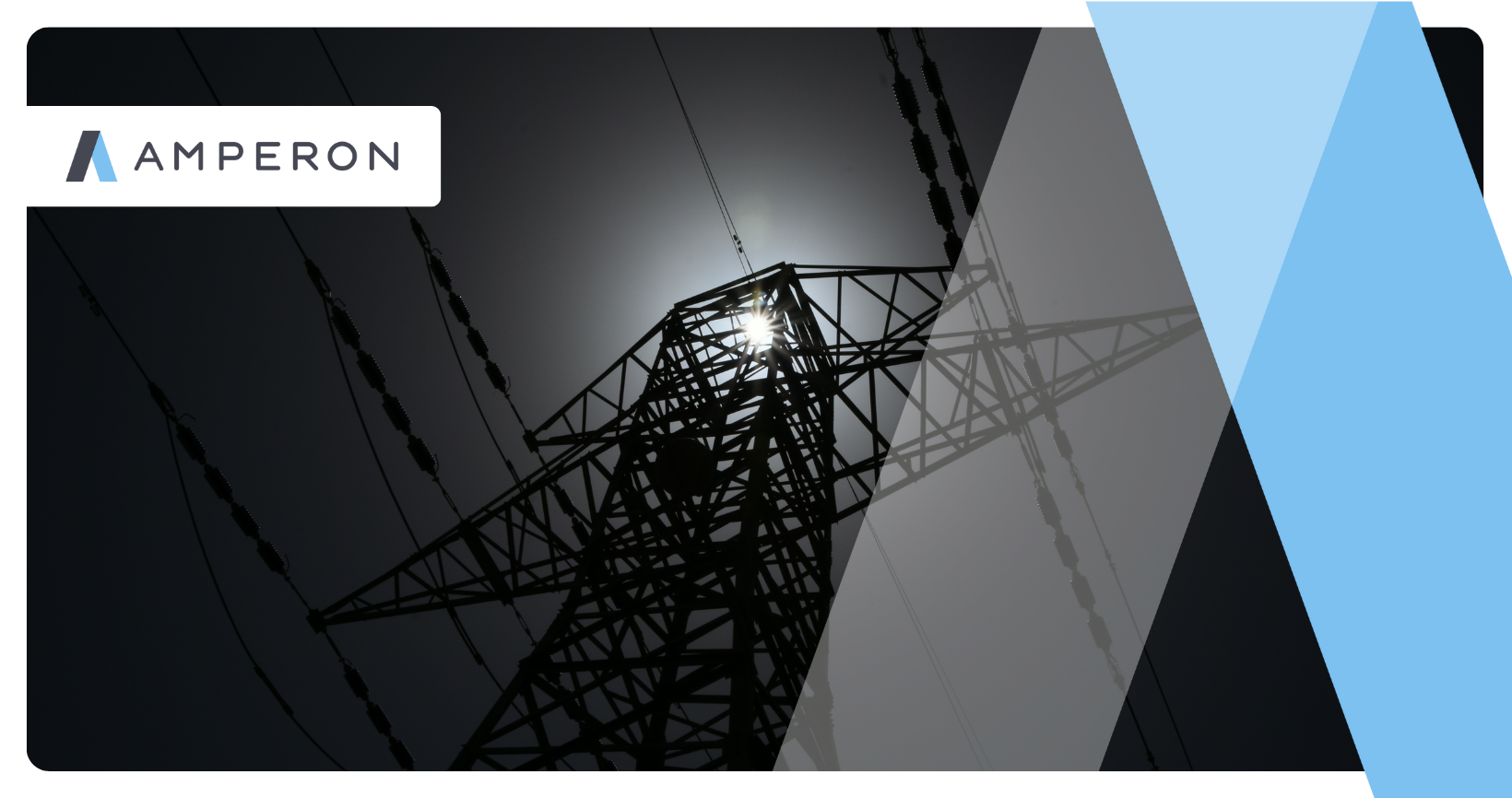

%20(3).png)
%20(2).png)
%20(1).png)

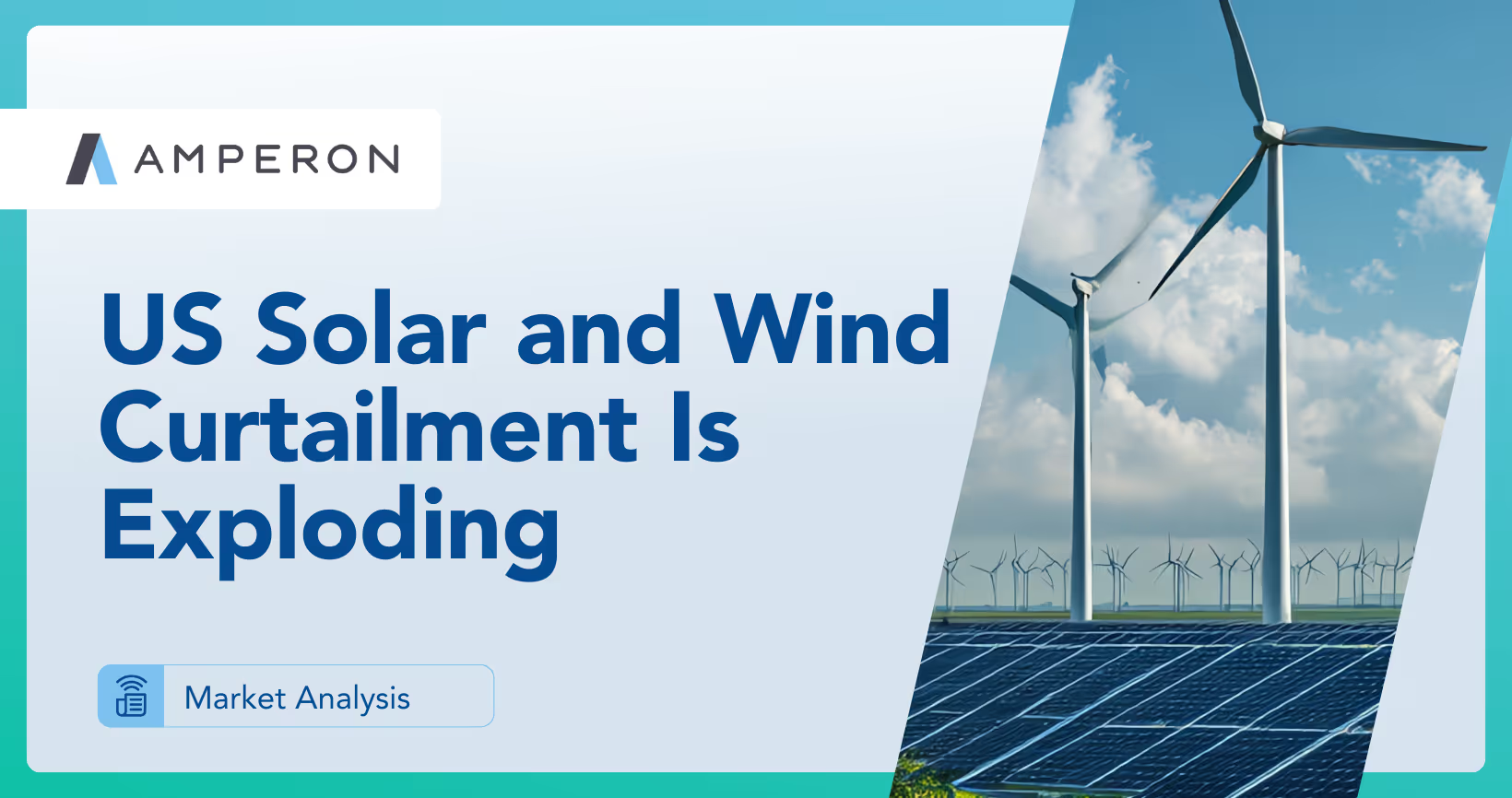



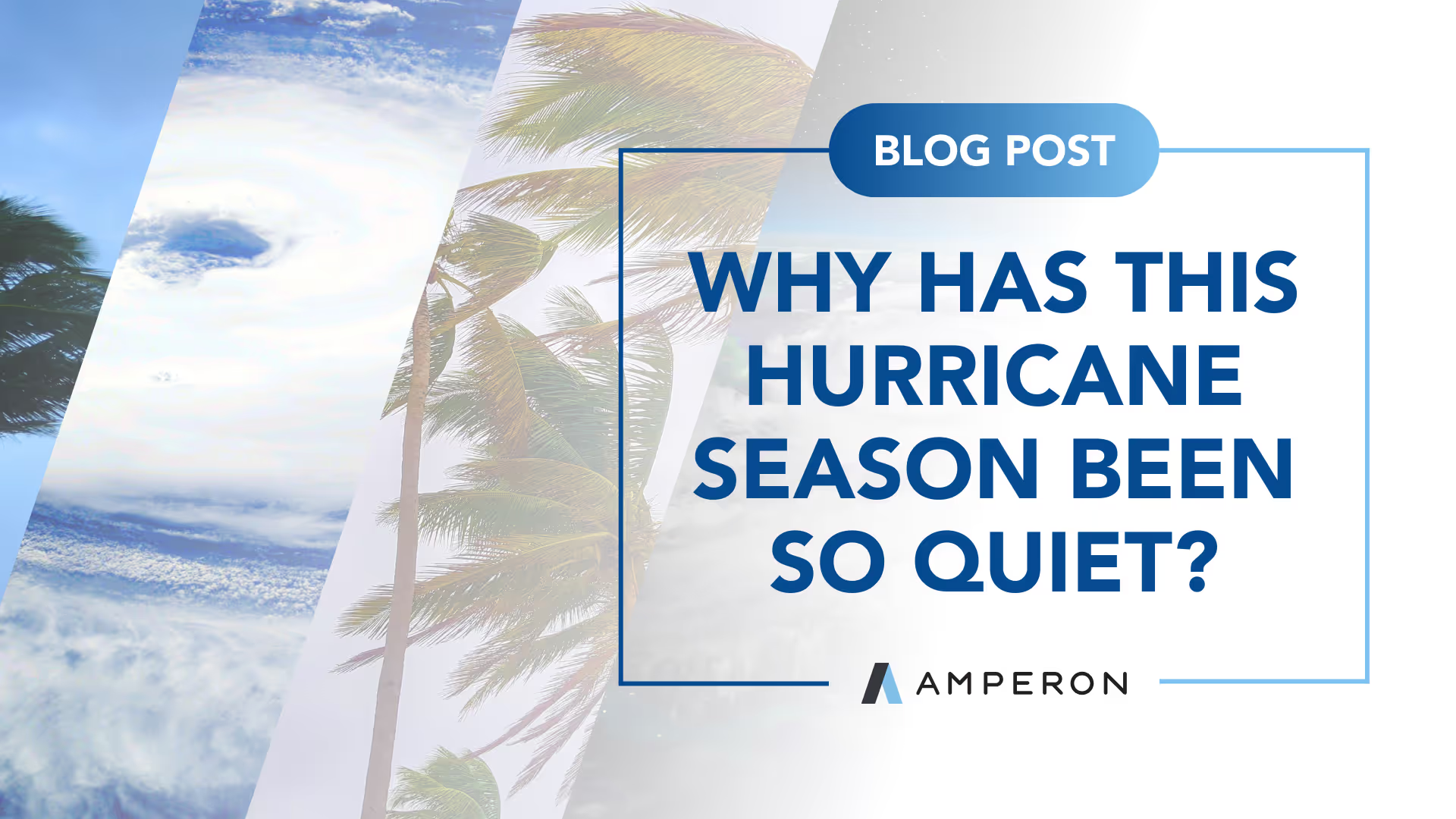
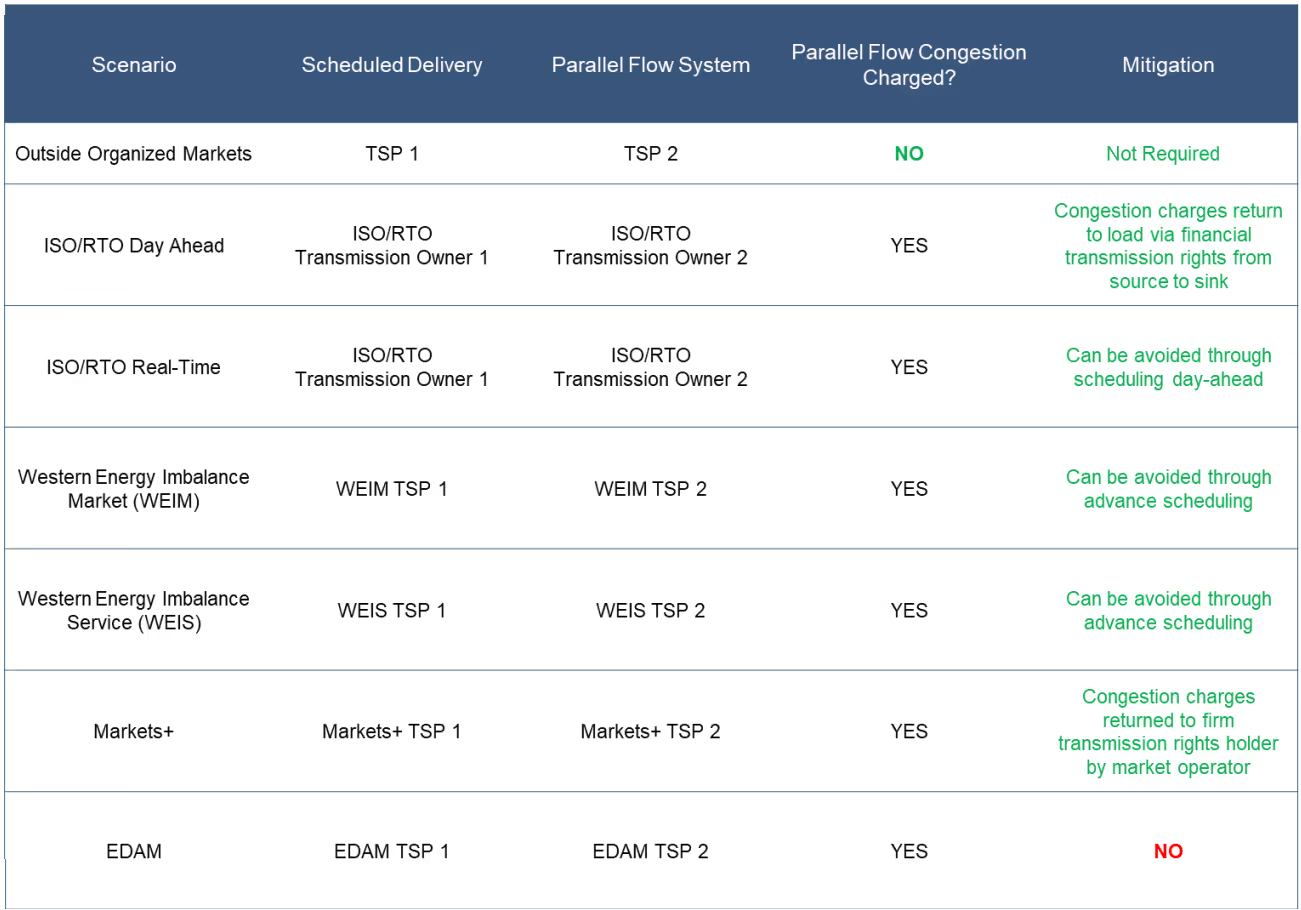
.png)

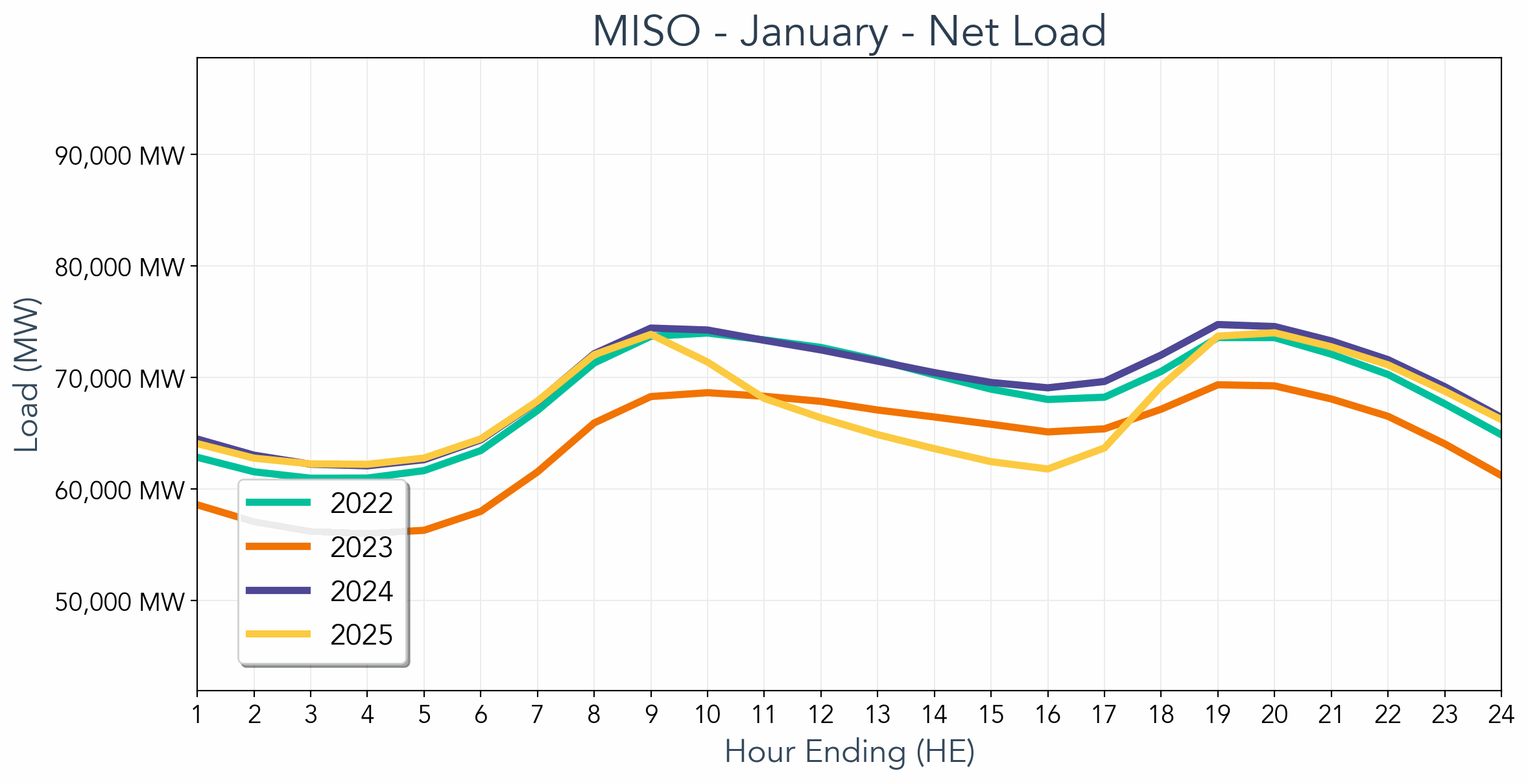

.avif)



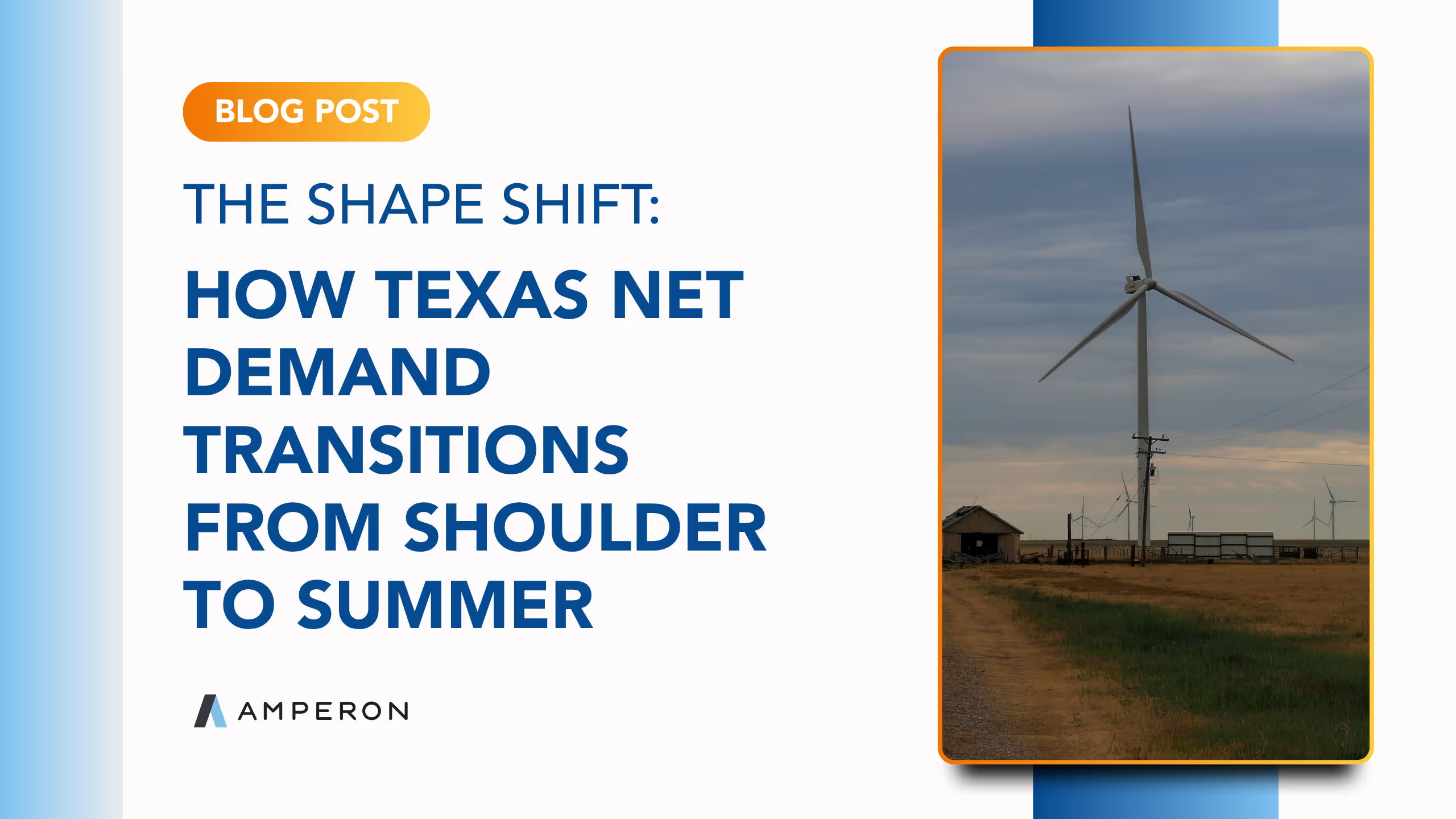
.avif)
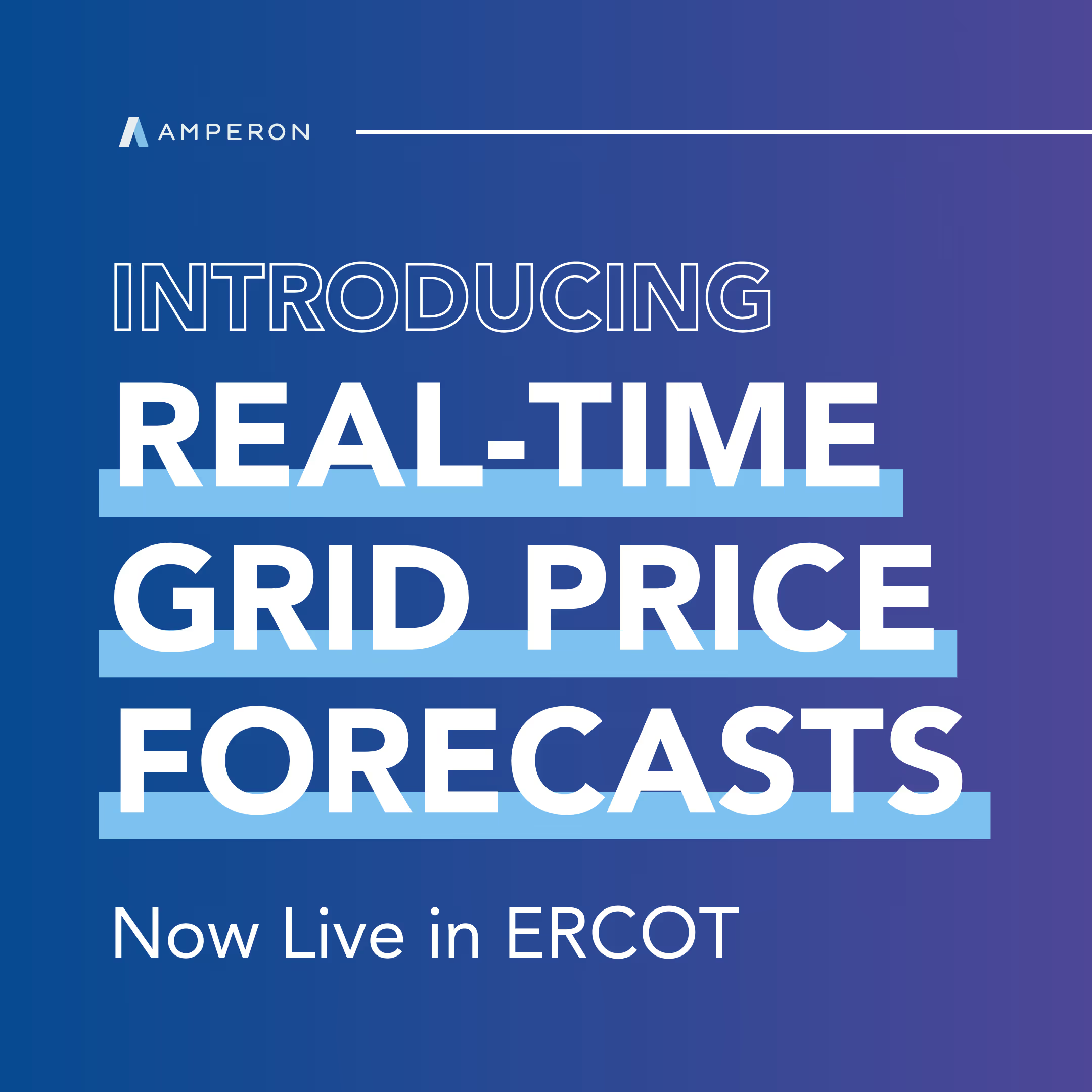
.avif)
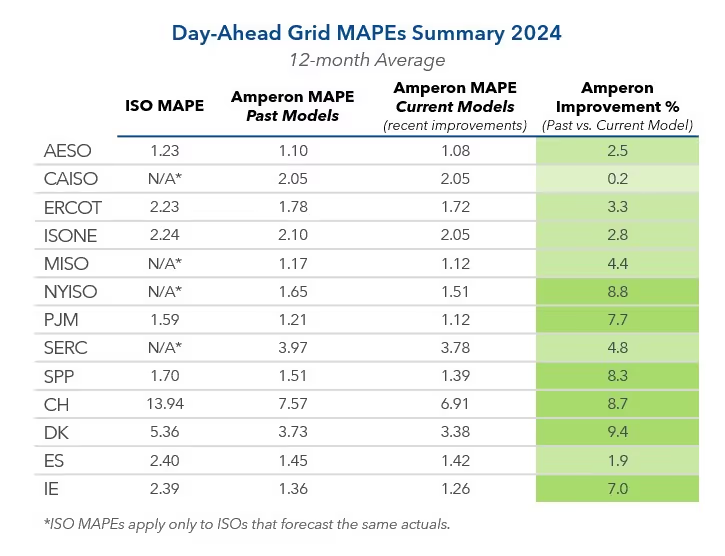

.avif)


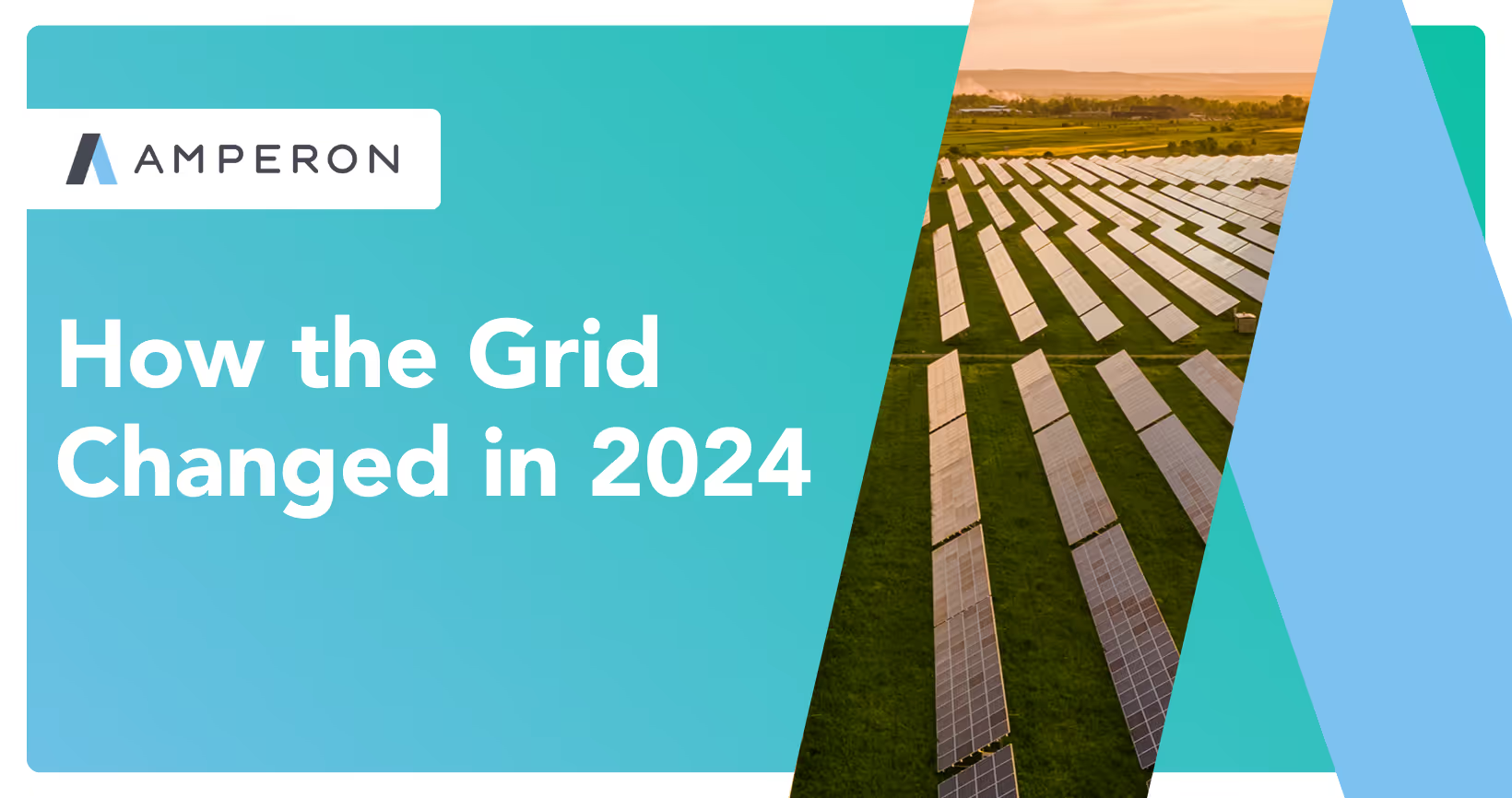
.avif)
%20(15).avif)
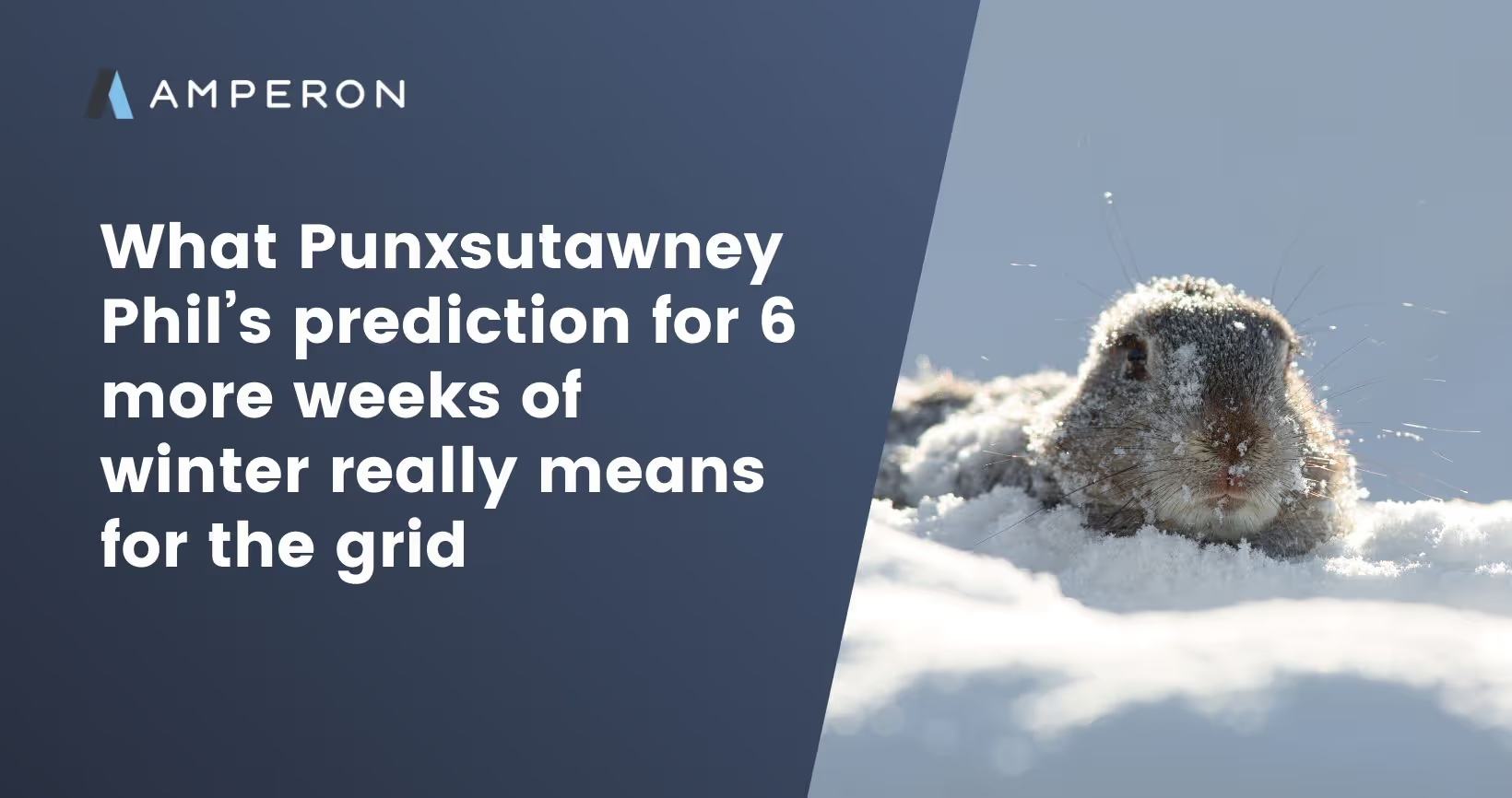
.avif)
%20(10).avif)

.avif)


.avif)

.avif)



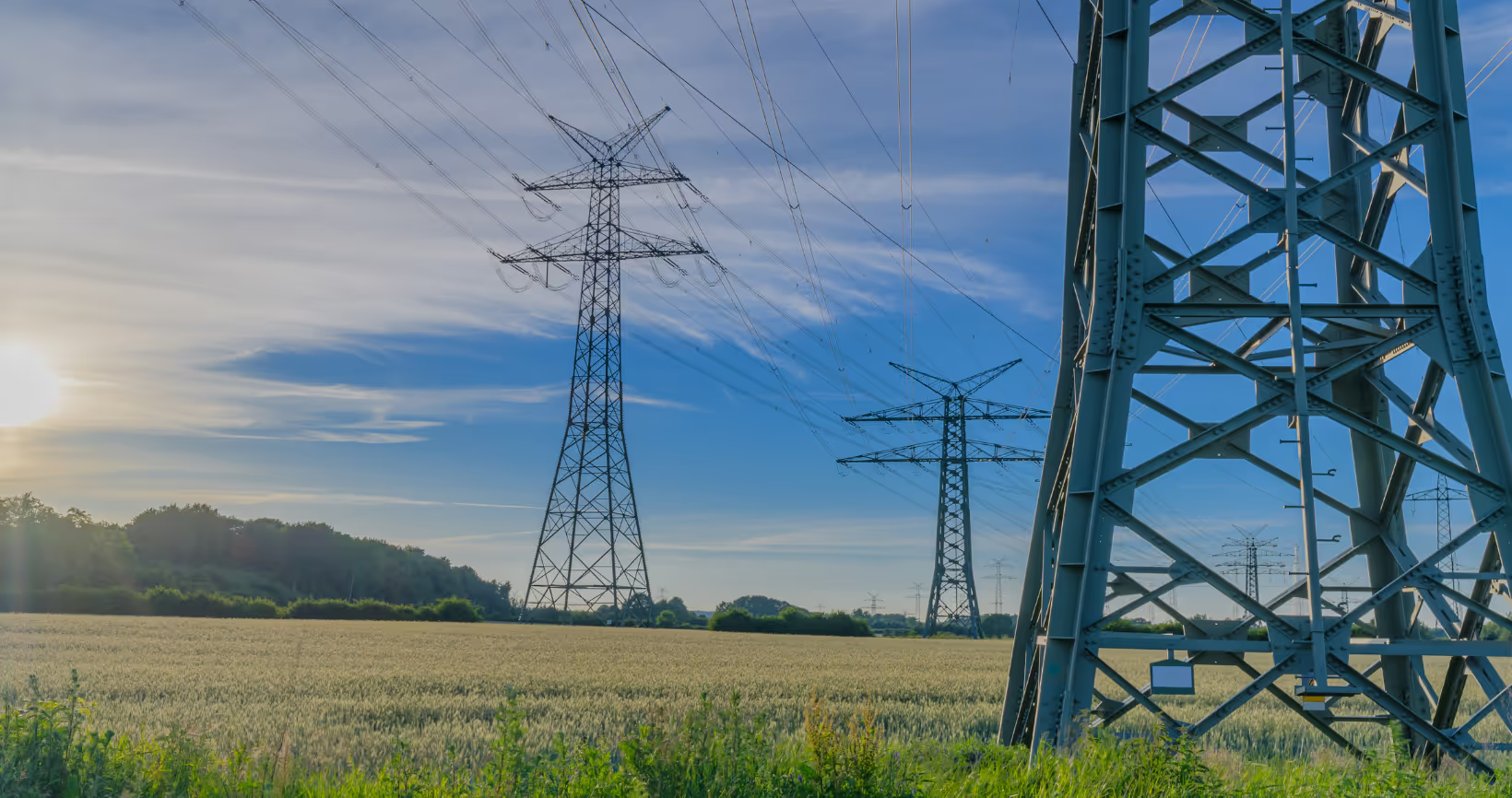


.avif)



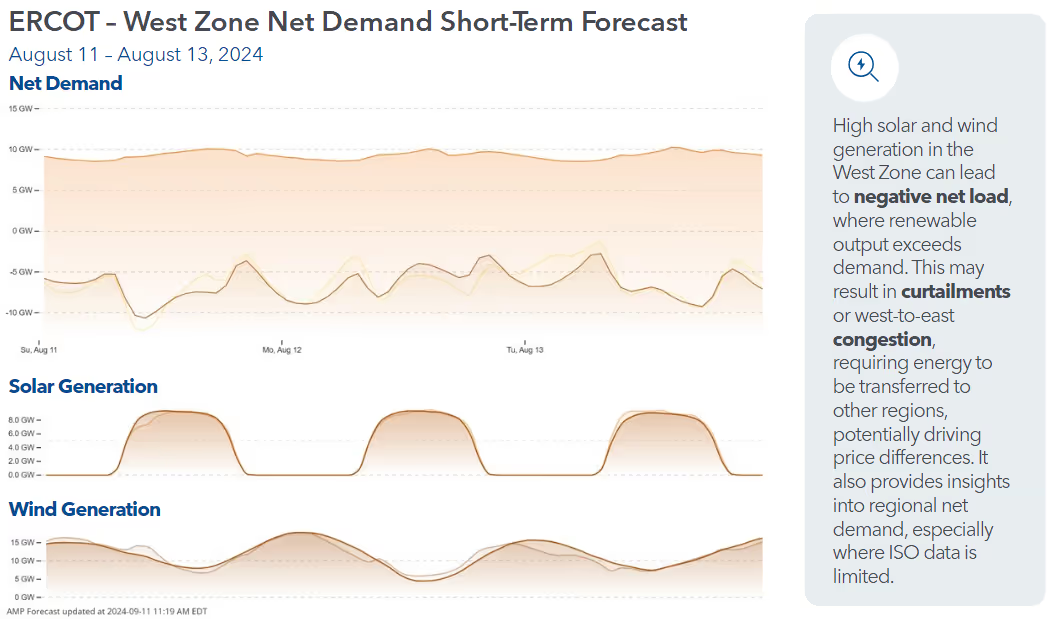
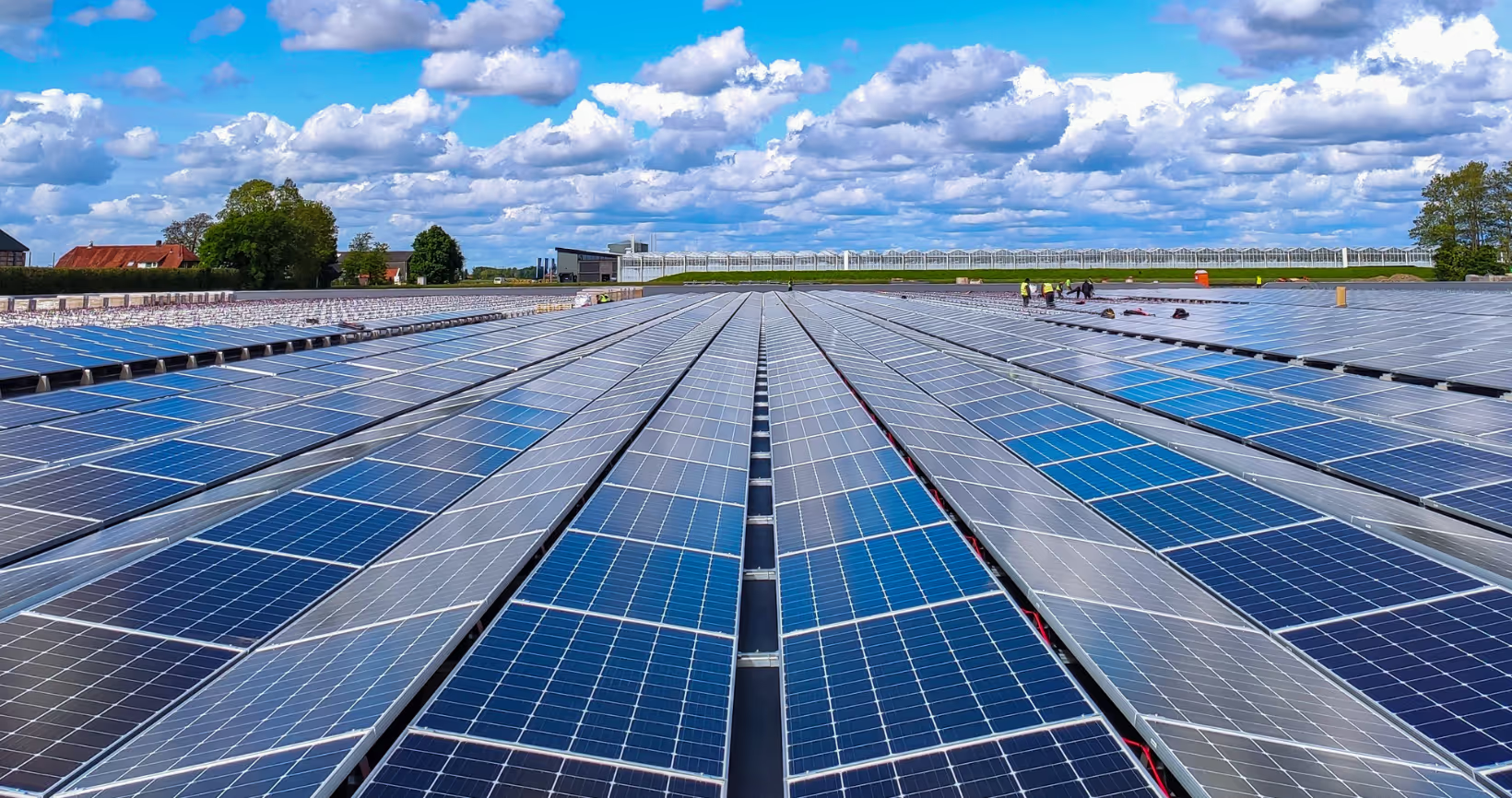



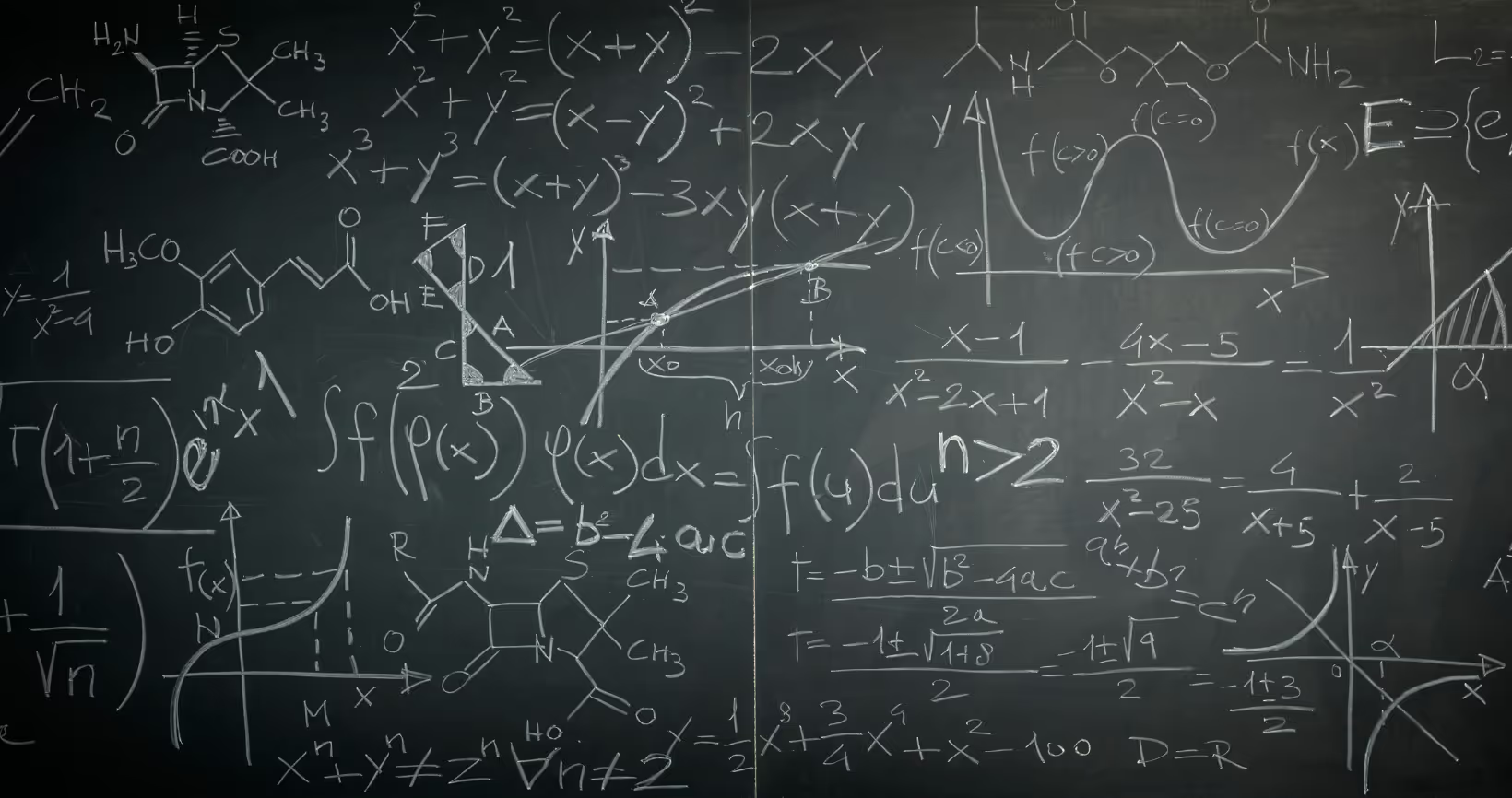
.avif)

.avif)

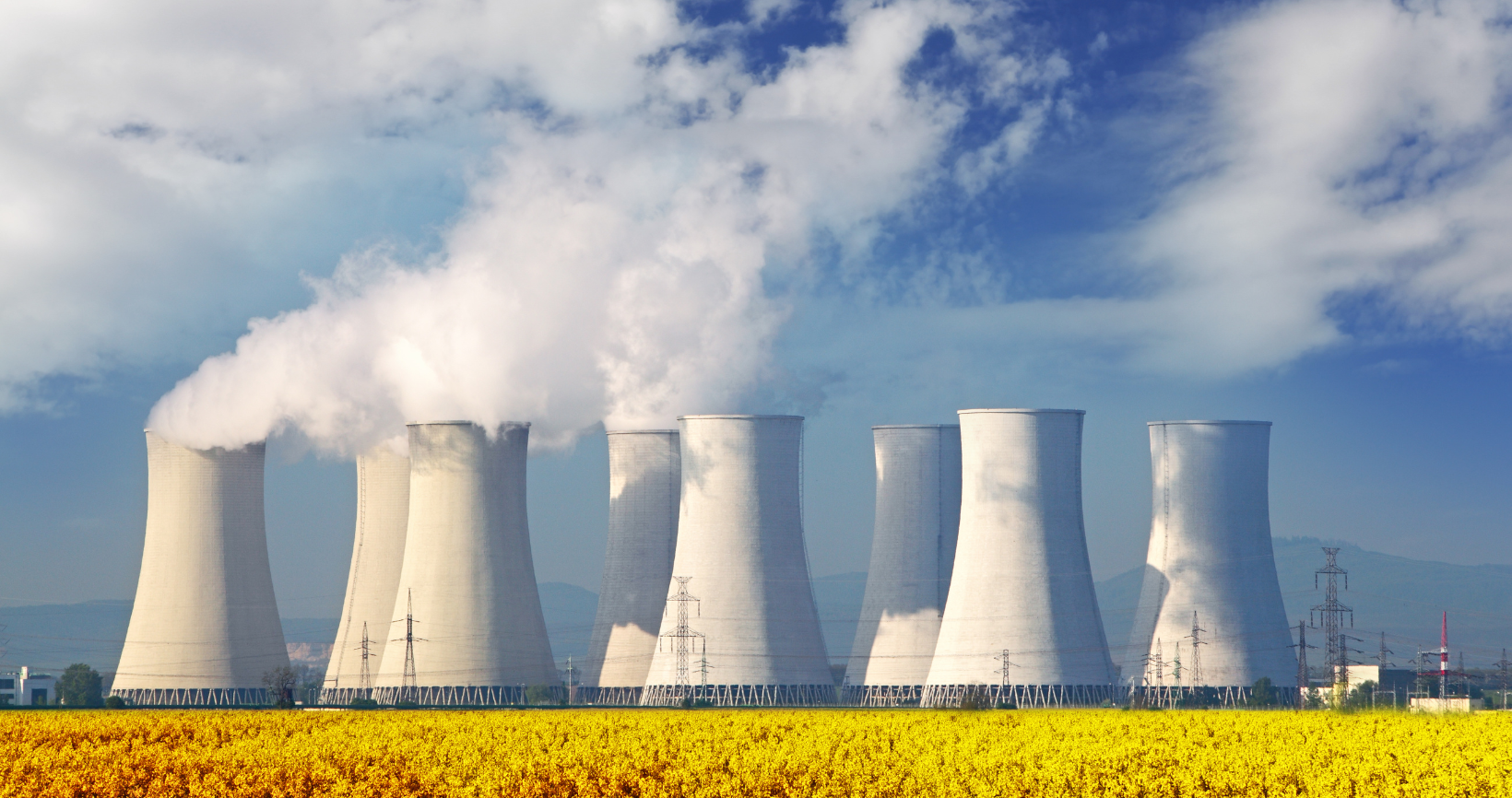


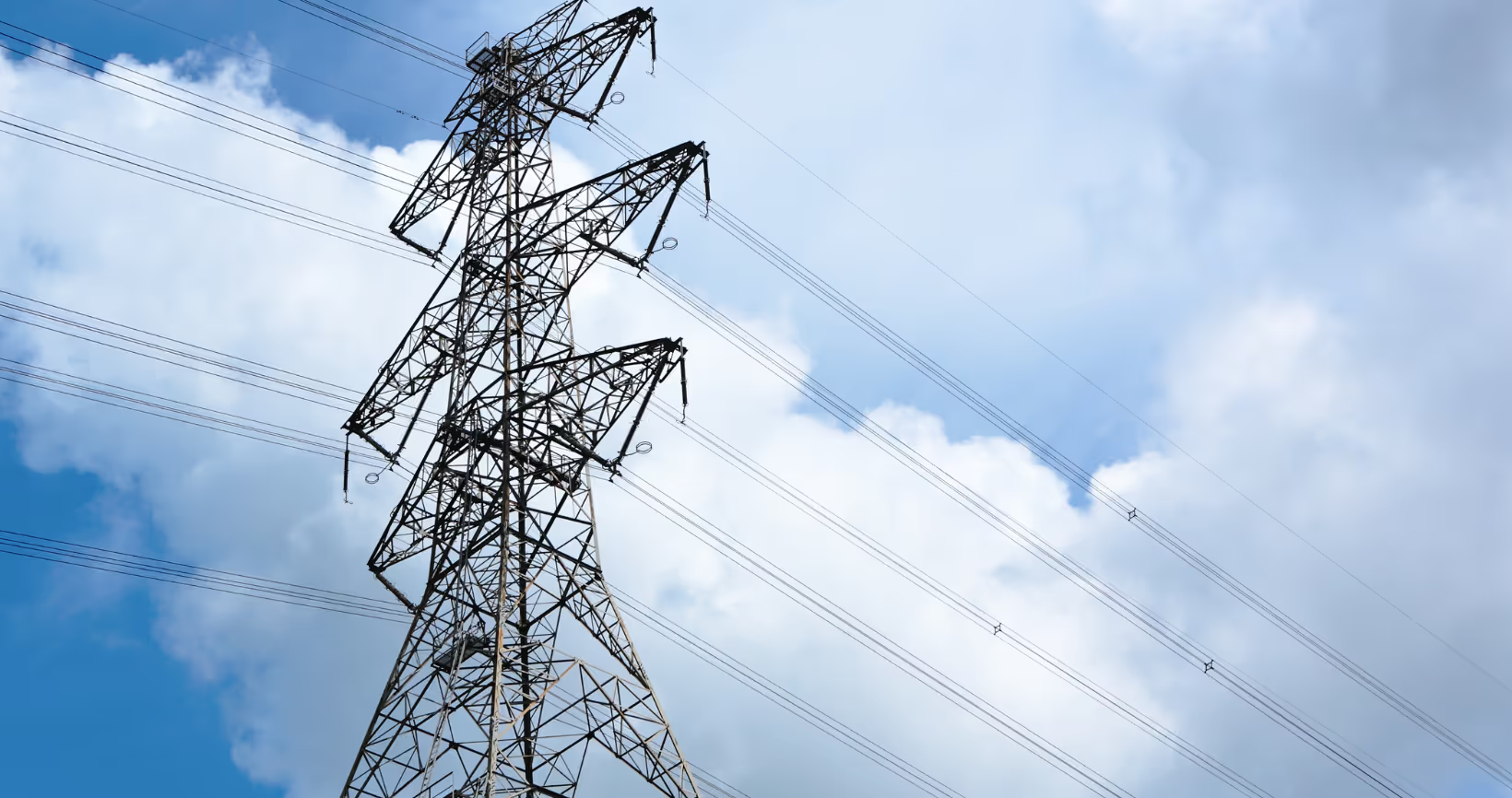
.avif)


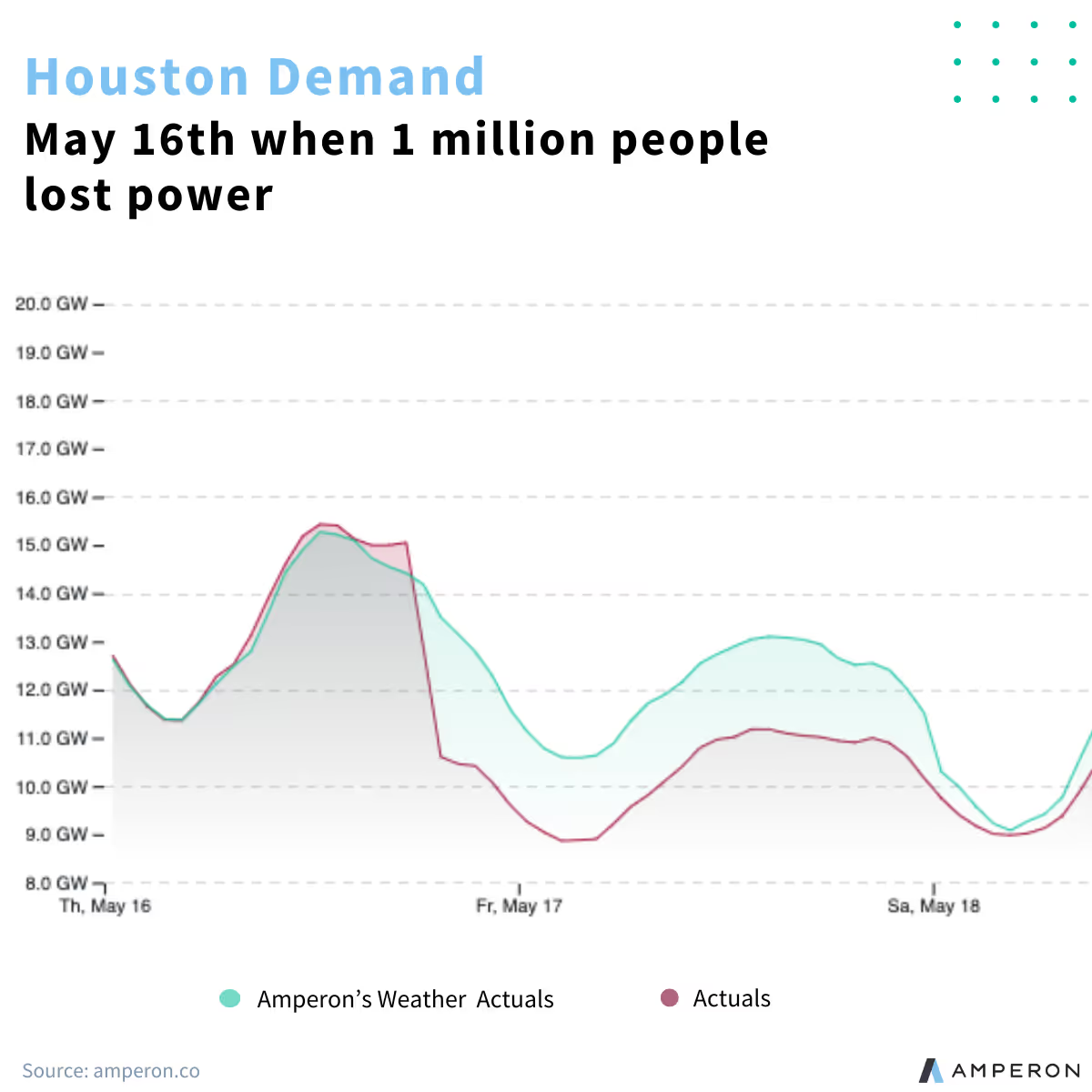
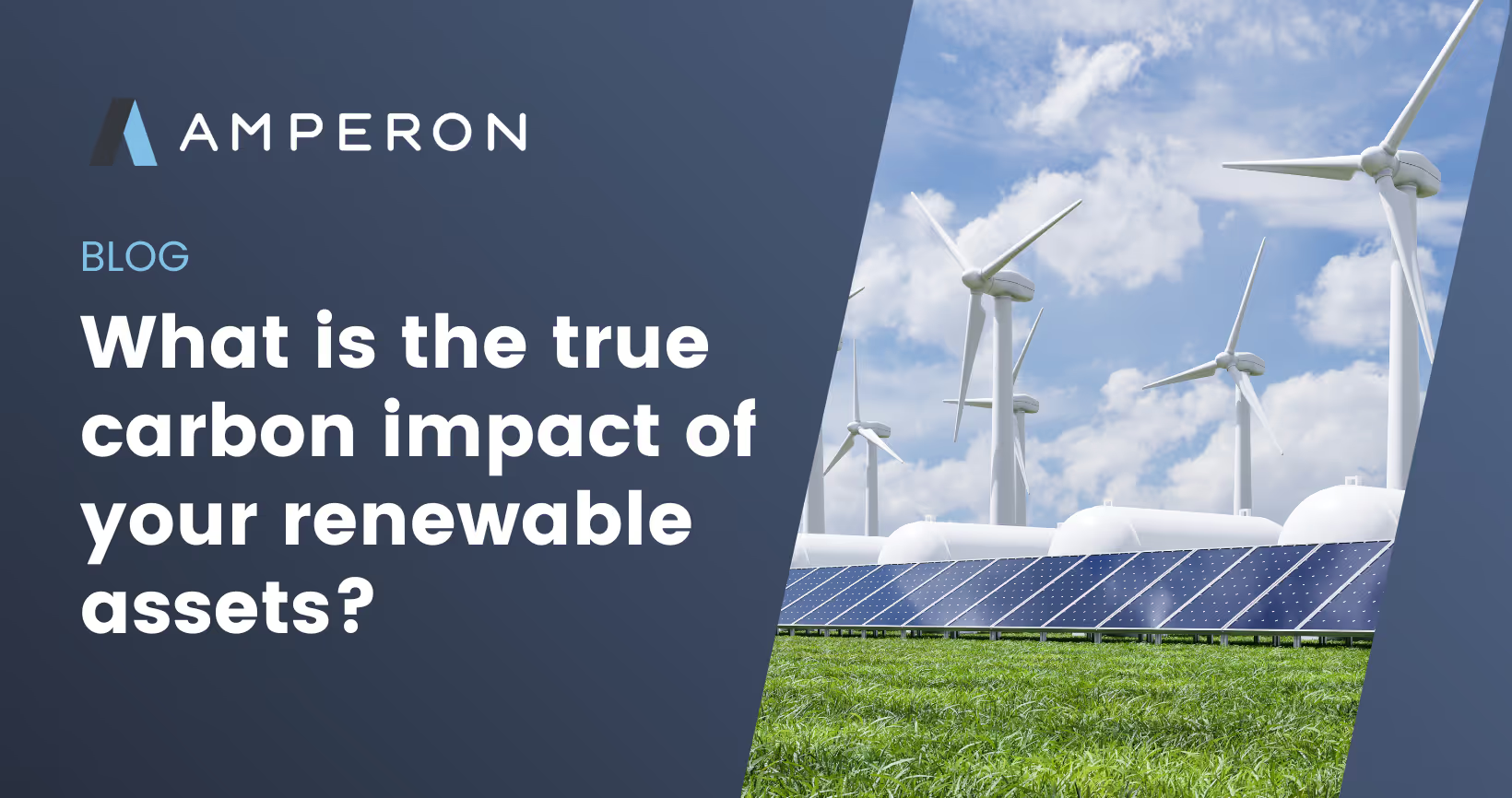

.avif)
.avif)



.avif)

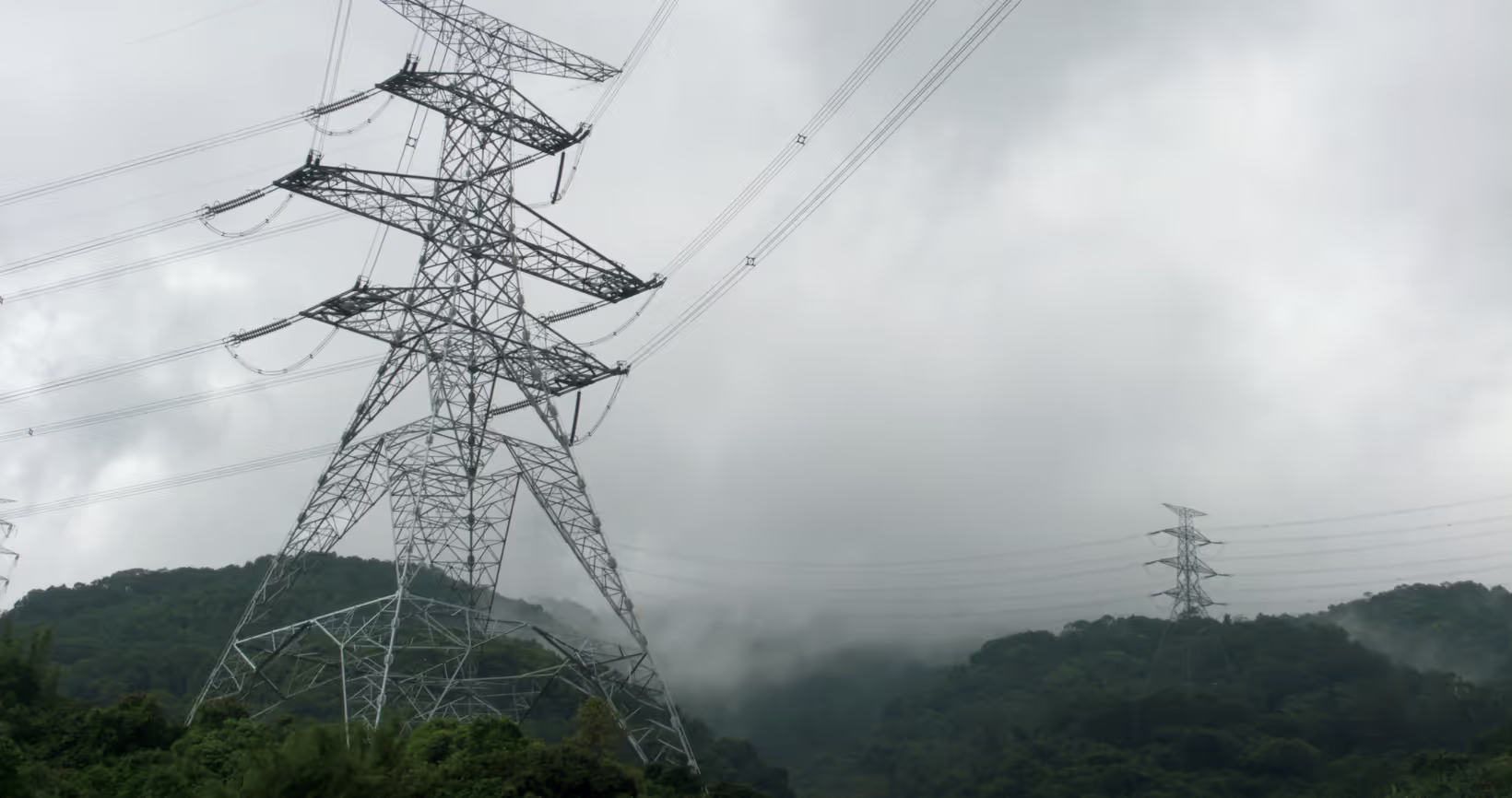


.avif)



.avif)



